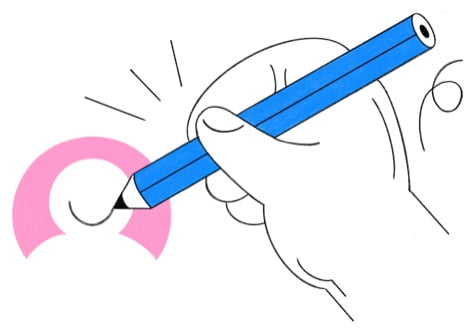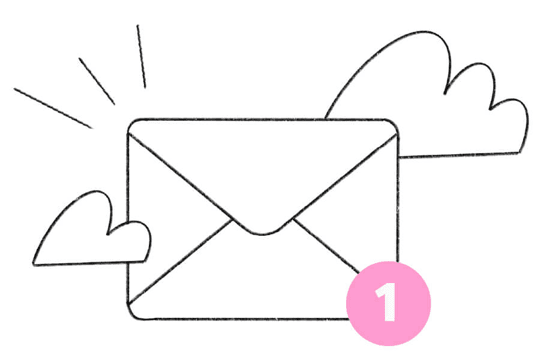Order within
Die Cut Stickers20% OFFSticker Sheets10% OFFCircle StickersSquare StickersKiss Cut StickersBumper StickersRoll Labels20% OFFClear Roll LabelsWine Roll LabelsBeer LabelsAll Stickers
Soft TouchStandard20% OFFSandy MatteSpot GlossRecycled Matte20% OFFKraftCottonMohawk Superfine®All Business Cards
Soft Touch PostcardsMost PopularClassic PostcardsBrown Kraft PostcardsRecycled Matte PostcardsCotton PostcardsMohawk Superfine® PostcardsDesert Storm Postcards
Home / Products / Saddle Stitch Booklets
Saddle Stitch Booklets
15% Off
Use code OCTBKL15 at checkout
Saddle stitched booklets are perfect for magazines, event programs, catalogs and more.
Saddle Stitch Booklets
15% Off
Use code OCTBKL15 at checkout
Saddle stitched booklets are perfect for magazines, event programs, catalogs and more.
Just a heads up...
Set As Default
Professional Booklets for any Project
A clean, professional way to bring your booklet to life. Ideal for catalogs, programs, portfolios or any project with a lower page count.
Available with a matching self cover or a thicker cover stock if you want something more substantial.
Printed on premium stocks including coated, uncoated, smooth or textured options. You can also add a modern coating for a polished finish.

Why Choose Saddle Stitched Booklets
Cost effective
Available with Same Day service
Available with a self cover or hard cover
Ideal for booklets with a low page count




